
18 minute read
What Makes A Warrior Strong
How Big Sarge Found Strength in Being There for His Daughters
For Bill “Big Sarge” Hansen, being strong is about more than physical prowess. For him, strength rests on his ability to be a tender and caring dad to his four daughters.
Bill, 52, competes successfully in United States Strongman, overcoming multiple spine problems, posttraumatic stress disorder, and traumatic brain injury from his service in Iraq. He measures his physical fitness against younger men while proving his inner and outer strength.
Bill has been preparing for Strongman nationals his whole life, and he’s set to compete this June. He enlisted in the Marines at 18, and his first daughter was born just 15 days before he deployed for Desert Storm. He came back, worked passionately as a sports coach, and with that same passion volunteered for the Army National Guard after 9/11. He wanted to protect those he loves at home.
While serving in Iraq in 2009, an improvised explosive device (IED) caused his squad’s five-ton truck to crash into a wall at 55 mph. Bill was tossed back and forth inside the cab. He was cleared by medics and went on 24 more missions — doing convoy security around Iraq — before he found out the extent of the damage. His headaches and double vision were symptoms of fractured vertebrae, torn back muscles, herniated disks, and a brain bleed. He was medically retired in 2014.
Upon returning home, he was prescribed painkillers that contributed to depression and caused him to gain more than 100 pounds. His family life drastically changed.
He was always present for his daughters and strived to follow his father’s example. But this time, it was tough to get out of the daze of the many prescription drugs he depended on.
“I didn’t like who I had become,” Bill recalled. He was sedentary, ate the wrong foods, and eventually reached 365 pounds.
He knew he needed help when his daughters confronted him. They wanted to know what was wrong and asked him to get help. He sought help from a few organizations. Wounded Warrior Project® (WWP) called back 18 minutes after he reached out.
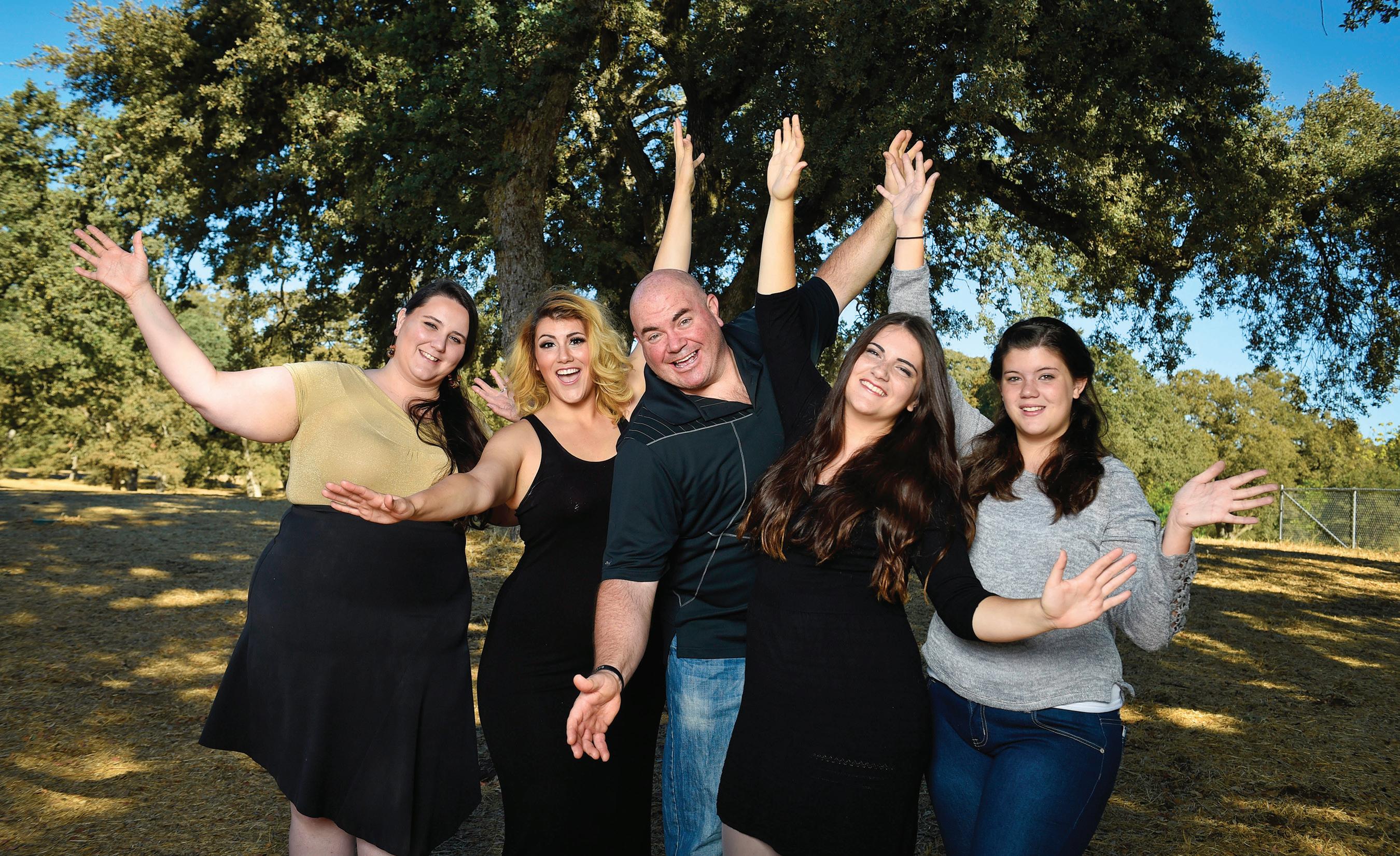
He started attending WWP events and was invited to participate in Soldier Ride®. He met other warriors and heard talk about a series of endurance events called Tough Mudder. “It sounded crazy,” Bill recounted. “I said, sign me up.”
Bill completed his first endurance obstacle course as an adventure. He didn’t know how to train for it, but he knew this would be a milestone, marking a departure from his downward spiral. “It was a fight between the guy taking medications and sitting on his couch, and the Marine I still had inside me.”
“I figured out how to win the mental battle, and it changed my life,” Bill said. He developed three cycles of strength training and began coaching other veterans.
Love and Respect on Wheels
Coaching was not new to Bill. His dad worked as a high school and college sports coach, and Bill followed in his footsteps — particularly in between his Desert Storm and Iraq service times. “I learned love and respect from my time coaching,” Bill said. “I believe if I’m on Earth, the main thing is to figure out how to help others.” He started a mobile CrossFit gym to provide one-on-one training to injured veterans. He also became a peer mentor through WWP, serving as inspiration to other veterans.
During this period of intense physical training, Bill kept his goal in mind: to be a good dad. “My kids love me enough to say, ‘Dad, you need some help.’ I love them enough to reconstruct myself and figure out how to be a motivator and a helper to them and to others.” Bill likes working with veterans because he’s been in their shoes and understands their challenges. Giving back is a source of inner strength.
Mentoring and Nurturing on the Road and at Home Bill was able to build a different life for himself by combining his background as a coach with elements he learned from CrossFit and yoga — two things WWP made available to him and other injured veterans as part of WWP’s Physical Health & Wellness program.
He also used WWP career counseling services to help him translate his many skills into a new career. WWP staff helped him refocus his resume, and he landed a job at Lifetime Fitness. Then he took up United States Strongman as a personal challenge.
Through all his changes, he kept his eyes on the prize: “I wanted more than anything to be a good dad.” “I could have died many times in Desert Storm or in Iraq,” Bill reflected. “God spared me for a reason, and I will not waste that opportunity.”

His daughters remembered how he would send postcards weekly from overseas. Even though he was deployed, he found ways to be present in their lives despite distance and tough circumstances.
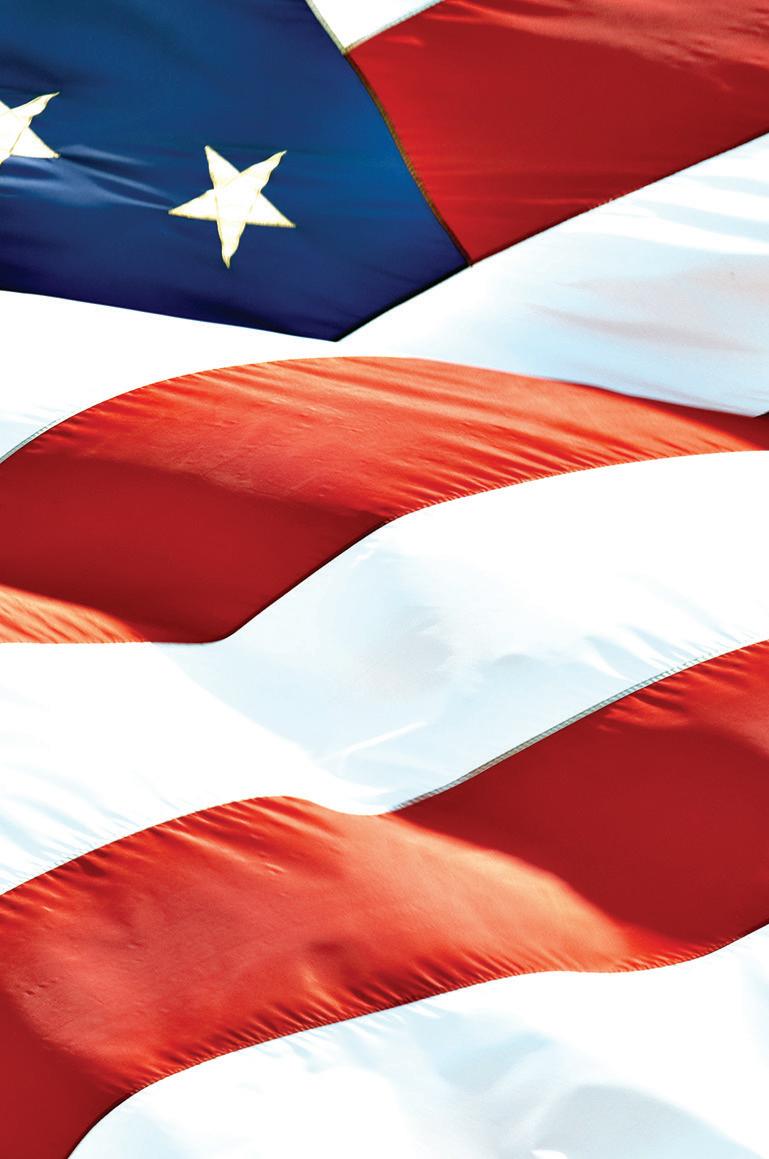
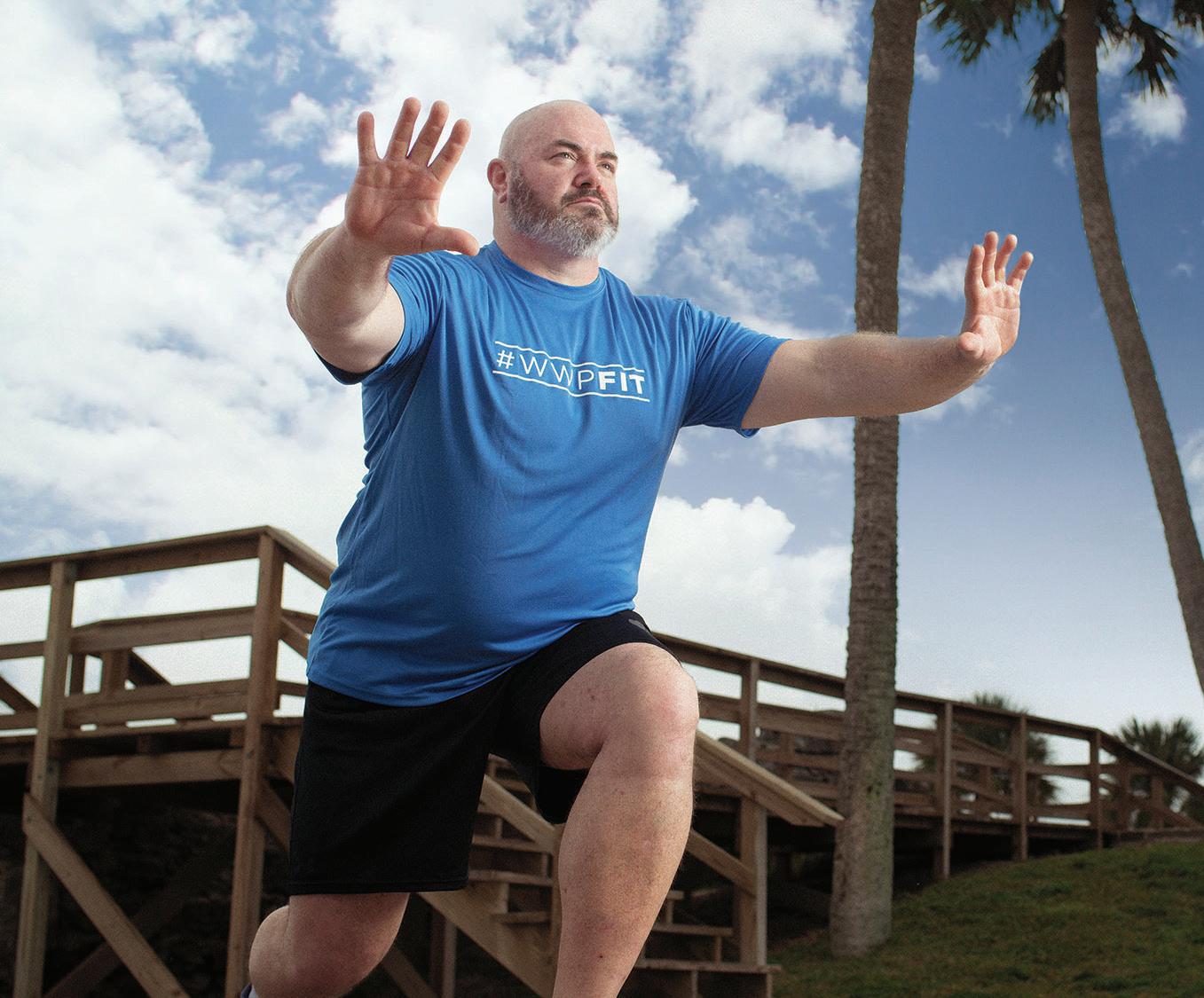
“In my life, he was away probably a total of five years,” daughter Amanda recalled. “We tried to talk on the phone; sometimes the connection worked, other times it didn’t, but I always loved hearing his voice or just hearing what he had to say when he was away.”
Bill enjoys being a dad as much as he enjoys working out. “Wounded Warrior Project opened the door for me to get physically fit and meet my goal of being there for my girls through dance recitals, musical theater, and watching Glee. Wounded Warrior Project staff were the first people who reached out when I needed help.”
Getting physically fit was a first step for Bill in contributing to his family and his community’s well-being. “I enjoy being me again and being a good dad again. The moreI work with others, the stronger I feel.”
Daughter Amanda said fitness has always been a part of Bill’s life. “My dad is devoted to bettering himself. For as long as I can remember, he’s been training for different events. Wounded Warrior Project has given him a community of people he can talk to and experience great moments with.”
WWP works closely with other veteran service organizations, private companies, and government agencies to provide resources for warriors and families.

About Wounded Warrior Project
Since 2003, Wounded Warrior Project® (WWP) has been meeting the growing needs of warriors, their families, and caregivers – helping them achieve their highest ambition. WWP is a national, nonpartisan organization accredited with the Better Business Bureau (BBB), top rated by Charity Navigator, and holding a GuideStar Platinum rating.
To get involved and learn how WWP connects, serves, and empowers, visit - http://newsroom.woundedwarriorproject.org/about-us.
Wounded Warrior Project® is proud to honor the service and sacrifice of the women we serve — on and off the battlefield.

Join us as we celebrate Her in Every Hero™.
—WOUNDED WARRIOR TANIKI RICHARD
LEARN MORE
herineveryhero.org
Little Brother Xak shared, “My favorite thing about my Big is that he does things that we like to do together and he’s a really good Big. Once, we went ice skating and at first I was really bad at it, but he helped me and then when I kept on doing it over and over again, I got really good at it.”

Kevin concluded, “During our time together, Xak has grown and developed tremendously, and has skills that are clearly recognized by all he comes into contact with. His energy and enthusiasm are inexhaustible.”
Big Brothers Big Sisters of San Diego County’s Operation Bigs program is a one-to-one mentoring program for military children. Mentoring provides an extra layer of support to local military families, who are often presented with many challenges such as frequent relocation, school transitions, separation from extended family, increased responsibility coupled with a sense of loss when a parent deploys and the physical and psychological stress faced when a parent returns from war.
The program joins children with parents in the military to volunteer “Bigs” who are in the military, retired or civilian.
The program joins children with parents in the military with volunteer “Bigs” who are in the military, retired or civilian.
This Month of the Military Child, Big Brothers Big Sisters is looking to the San Diego community (particularly those who live near Camp Pendleton), as there is a great need for “Bigs” in North County. “Bigs” must be 18 or older and have a social security number.
Big Brother Kevin shared the following about his experience with Little Brother Xak, “Having served on active duty with the U.S. Navy for 26 years and then working for the U.S. Navy for another 21 years I am keenly aware of the challenges a life in the military exacts on all family members. The BIGS program is providing Xak a great opportunity to increase his selfesteem and explore his many interests.”


In the Big Brothers Big Sisters Site-Based program, Bigs and Littles typically meet once a week to play sports & board games, or simply talk about life and personal issues – just as friends do.
For more information, please visit SDBigs.org/Operation-Bigs or call (858) 746-9173.
Big Brothers Big Sisters is committed to the safety and well-being of all of our Bigs, Littles, families, supporters and staff during the Covid-19 pandemic and always. Detailed information regarding operations will be updated regularly and can be found at www.SDBigs.org/coronavirus.
Homeland Magazine

Military life from the perspective of a 12-year-old

In honor of April, the month of the military child, Kids’ Turn San Diego interviewed 12-year-old Taylor, the daughter of a dual-military couple to get a glimpse of the life of a military child.
Q: What are some issues that you think military children specifically go through?
A: Some of the issues that military children specifically go through are moving to different schools, meeting new friends, leaving old friends, and getting rid of a lot of stuff that you’ve gotten attached to in order to fit in your new house.
Q: How do you think being a child in the military helped you?
A: I’m able to overcome difficulties and adjust to my surroundings. I’ve moved to so many places and I’m used to the different climates and situations. It’s easier for me to make friends and leave things behind.
Q: What would you like the public to know about military children?
A: It’s really hard on kids. They have the hardest lives because they move a lot, leave their friends and pets behind, and sometimes they have to sell things that meant something to them (to fit into base housing). There’s a lot of change.
Q: How did you handle being part of a dual-military family?
A: Mom and Dad were stationed in different places or deployed for a large part of my life. My mom went on 2 deployments and my dad went on 6 deployments. I mostly lived with my mom, but I would occasionally live with my dad for a few years. I’d bounce back and forth. I’m happy that we’re all together now!
Q: How did you handle deployments?
A: We would count down the days. Saying goodbye was hard because we didn’t know how long they would be deployed for. It could be longer or shorter.
Q: What would you tell children now?
A: Look around and enjoy what you see. Don’t pay attention to what you’ve lost. Pay attention to the future.
You can do anything even if it seems like its hard because being a military kid will make you stronger! Kids’ Turn San Diego applauds Taylor and other military children for their resilience, dedication to their parents, and the sacrifices they have made. We know how difficult it is for a child to move and change schools, leave friends, and experience a parent on deployment.
At Kids’ Turn San Diego, our goal is to change family relationships in positive ways so children experiencing family separations and military transitions are happier.
In our programs, both children and their parents participate. Children learn new ways to express their feelings and parents learn communication tools, so they are able to put their children first.
As a Veteran, it is likely you have a family member or friend who is currently military-connected. We encourage you to read and share this article.
Talk to your kids about COVID-19
During this time of uncertainty with the Coronavirus (COVID-19), take time to talk to your children or grandchildren and check in with them. The shift of having both parents home, being out of school, not being able to see friends, and the information spread throughout media can weigh heavily on a child. While we’re all socially isolating, it’s time to connect with your children through spending time and having conversations.
1. Spending time. Deployments, pre-deployment work-ups, long work office hours, and Temporary Duty Assignments (TAD/TDY) are common military situations that keep parents away from their children. As we are home-bound during this period, take a breather from your laptop and use this time to spend quality time with your military child or grandchild! Do fun physical training (PT) exercises together such as the “See 10, Do 10” push up challenge on social media or create an obstacle course or training regimen that you can all enjoy! Play hide and seek, board or video games with your child or simply spend the time coloring and allowing your mind to relax and enjoy the time spent together. This is the time to strengthen your bond and be together as a family.
2. Talk to them. With COVID-19, Permanent Change of Station (PCS) are on hold until mid-May. With all the hecticness of PCS moves, this may be the first year where you can talk to your military child about how they feel during PCS seasons.
talk to your kids about COVID-19
Ask your child how they feel when it’s PCS time. For younger children, you can have them draw a picture of the family during PCS season or provide pre-written words for them to choose from (ie: Happy, Excited, Anxious, Sad). Discuss these words with your military child and ask your child if there is anything that could support them during this transitional period.
Open up lines of communication between your military child and you so that they can feel more comfortable expressing their needs in the future. Listen to your children without giving advice or trying to solve their problems. Work WITH your children to come up with a plan that would help them through future transitions.
For those families that are due to PCS in 2020 and are currently on hold, it is imperative that children understand and are a part of conversations regarding the move. As sudden as the PCS hold was placed, there is a possibility that the release of that hold will be just as abrupt. Continue the conversation with your children and allow them to be informed of the situation so that when a sudden move is required, they are more prepared.
3. Close quarters. Having the entire family in the home for an extended period of time can put stressors on any family, whether military or civilian. This may cause tension between parents or with children. Communication skills are vital in this situation. Practice utilizing the “I Statement” communication technique with your family members (both adults and children) and encourage their use of the practice as well. Regular check-ins (daily or every other day) can help alleviate some tension of being constantly in the home as well.
Please remember the words of Taylor,
Kids’ Turn San Diego’s mission of “promoting, supporting and securing the well-being of children who are experiencing family separation” drives our desire to empower military-connected families to remain connected, to talk about their feelings and to honor each and every family member.

Thank you all for your service!
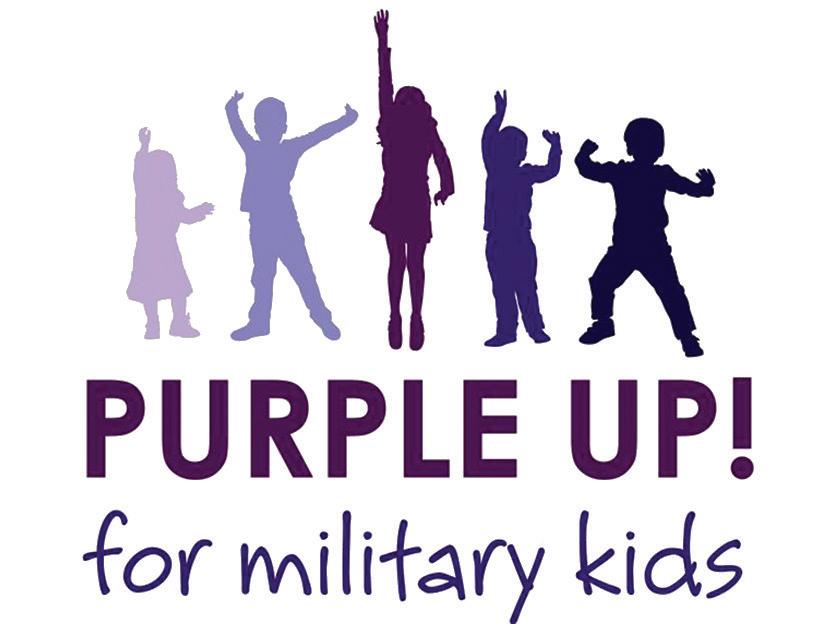
April is designated as the Month of the Military Child, underscoring the important role military children play in the armed forces community.
Sponsored by the Department of Defense Military Community and Family Policy, the Month of the Military Child is a time to applaud military families and their children for the daily sacrifices they make and the challenges they overcome.
The Month of the Military Child is part of the legacy left by former Defense Secretary Caspar Weinberger. He established the Defense Department commemoration in 1986.

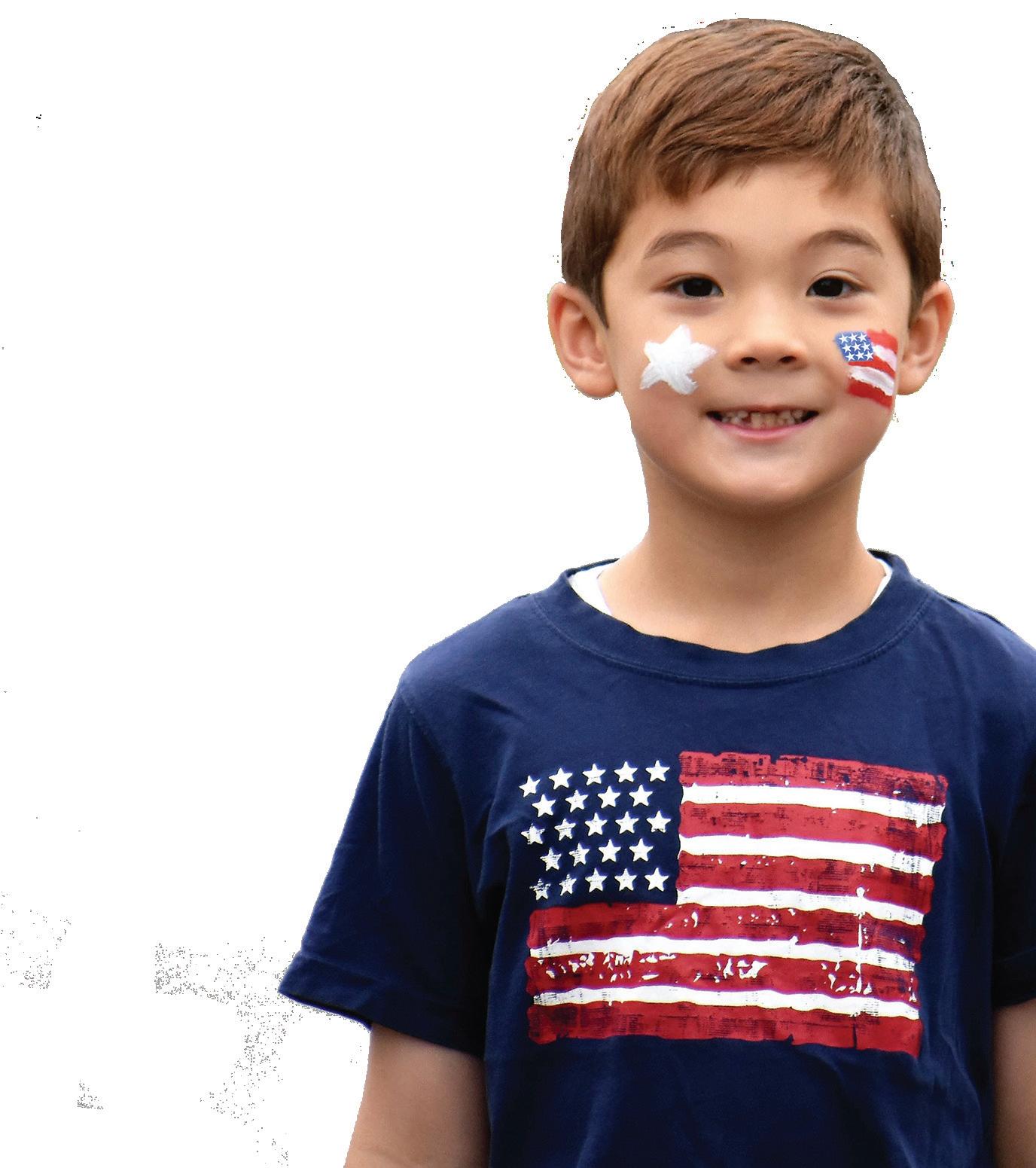
Homeland Magazine joins the Department of Defense and the military community in celebrating April as the Month of the Military Child.
In DoDEA communities around the world, our most essential strategic imperatives are: establishing an educational system that progressively builds the college and career readiness of allDoDEA students; and establishing the organizational capacity to operate more effectivelyand efficiently as a model, unifiedschool system.
We aim to challenge each student to maximize his or her potential and to excel academically, socially, emotionally and physically for life, college and career readiness.
Understanding the Educational Needs of Military Kids Today
When the Military Child Education Coalition® (MCEC®) launched the Military Kids NOW Education Survey, they could not have imagined the dramatic changes happening in the education landscape as a result of the deadly COVID-19 pandemic.
Since then, Education Week reports some 124,000 U.S. public and private schools, and 55.1 million students have been affected by COVID-19. While the upheaval on the education system remains to be seen, military-connected students and families will undoubtedly feel the aftershocks.
Throughout the Month of the Military Child, MCEC is encouraging military-connected parents, students, and educators to voice their education priorities by participating in the survey, which runs through the end of April.
The purpose of the survey is to:
• Accurately identify the educational needs of military-connected students, their families, and the professionals that support them. • Determine the best ways to provide tools and solutions for parents, education professionals, and military-connected children.
Demographically, military-connected children comprise nearly two million military-connected students. Almost every school district in America includes military-connected children and youth whose parents serve or have served in the Active, Guard, and Reserve components of the Armed Forces. Over 80% of these students attend U.S. public schools while less than 8% attend Department of Defense schools.
For more than 20 years, MCEC has dedicated itself to delivering high-quality programs, services, and professional development to meet the needs of military-connected students, parents, and professionals.

The Military Kids Now Education Survey is available online at http://bit.ly/MCECeducationsurvey. Findings will be made available on the MCEC® website later this year.

For more information, contact Helen Mowers: Helen.Mowers@militarychild.org Sustaining a commitment to ensure military children are successful in their academic journey, MCEC President and CEO, Dr. Rebecca Porter, sought to take a fresh look at the challenges facing military families to understand how MCEC might best respond to those challenges.
“We want to know what is working, and if it’s not working, we want to know why. MCEC wants to invest in programs that make an impact and recalibrate initiatives to help better serve our community. The survey is a way to do that—to listen intently to our military families and children, as well as those who educate them,” said Porter.
The survey is a first for MCEC. Although MCEC works to keep its ears to the ground and listen to military families and professionals, they’ve not attempted a survey of this magnitude before. MCEC not only wants to collect valuable data, opening up meaningful conversations is equally vital to understanding the educational priorities of MCEC constituents.
“We’re hoping this survey will be a way for militaryconnected families and the professionals who support them to have their voices heard and to focus on helping military-connected students not just survive but thrive on their educational journey. Ultimately, MCEC is interested in determining the best ways to provide tools and solutions through innovation and ingenuity,” said Helen Mowers, MCEC instructional systems design manager.
The target audience for the survey is: • Military-connected students (age 13 and up) • Military-connected parents with school-aged children • Professionals who support military-connected students and their families
For those that fit into more than one category, we are encouraging people to take it more than once if they wear multiple hats (i.e., military parent and professional). The survey takes about 8 minutes and responses are anonymous.
The Military Kids Now Education Survey is available online at http://bit.ly/MCECeducationsurvey. Findings will be made available on the MCEC website later this year.





